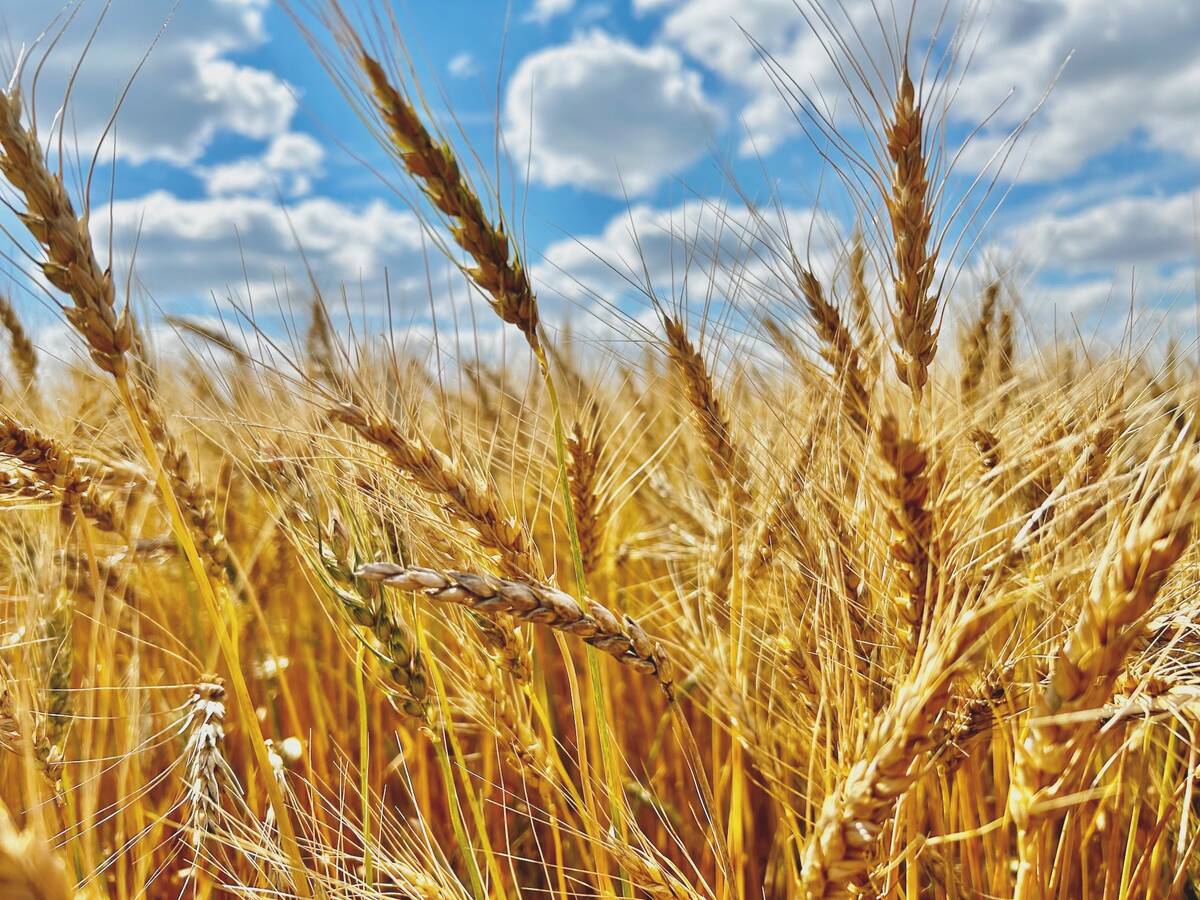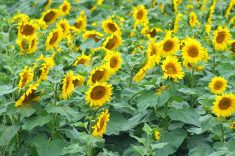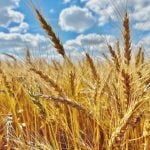MarketsFarm — Any hopes of Canada exporting 9.3 million tonnes of canola during 2022-23 have now been dashed for two reasons.
One reason is the latest Statistics Canada production report that cut canola production for the current marketing year. The other is the bumper canola crop Australia is now expected to have this year.
StatCan’s survey-based production report, issued Friday, cut canola production from the 19.1 million estimated by the federal agency’s modelling and satellite reports, down to 18.17 million.
Read Also

Prairie Wheat Weekly: Western Canadian bids, U.S. futures down
Western Canadian wheat futures were down for the week ended Dec. 9, 2025 due to weaker U.S. futures and a stronger loonie.
Ahead of the latest StatCan report, Agriculture and Agri-Food Canada (AAFC) projected 2022-23 canola exports at 9.3 million tonnes, jumping 76.5 per cent from the previous year.
“That 9.3 million tonnes becomes 8.3 million immediately,” said Bruce Burnett, MarketsFarm’s director of markets and weather.
He noted AAFC estimated total domestic use of canola at 10.27 million tonnes, up 8.2 per cent from 2021-22. He said canola crushing plants throughout Canada are set to run at maximum capacity, “so the crush number from AAFC probably looks a little light.”
The Australian Bureau Agriculture and Resource Economics and Sciences (ABARES) recently issued its December production report, which called for a four per cent increase to that country’s canola production at 7.3 million tonnes — which would be a new record.
Ken Ball, broker with PI Financial in Winnipeg, suggested that with such a bumper crop, Australia’s canola exports are to push to six million tonnes. He said the country averages 2.5 million to 2.7 million tonnes in annual canola exports, but with last year’s record crop, overseas shipments hit 4.8 million.
“Six million tonnes is going to put a dent in our exports,” Ball said.
He pegged Canada’s canola exports likely being no more than 7.5 million, probably somewhat less.
However, Ball cautioned, “It’s a long year yet and that could change.”
— Glen Hallick reports for MarketsFarm from Winnipeg.















